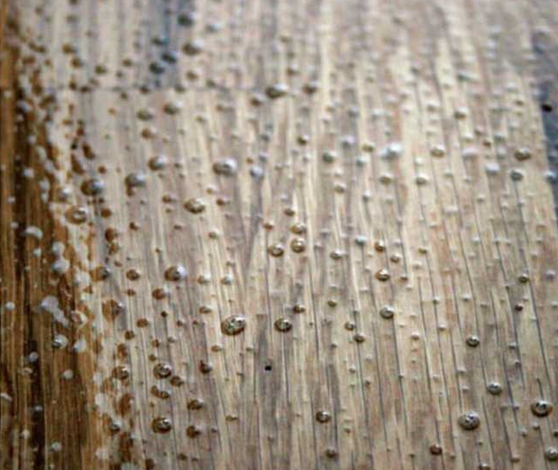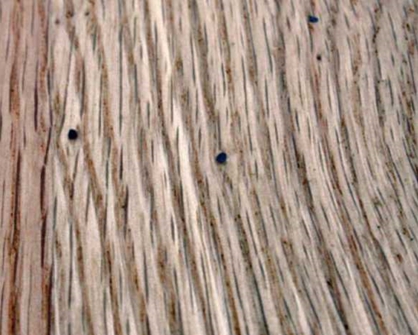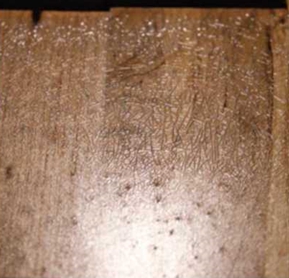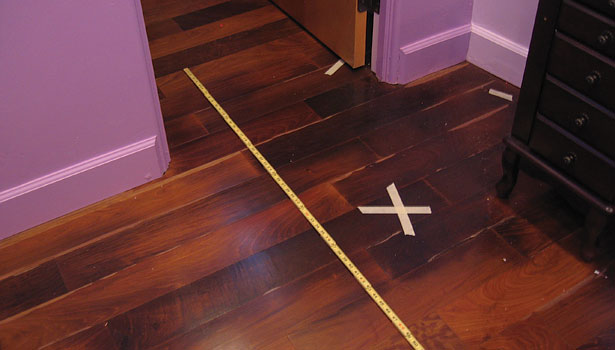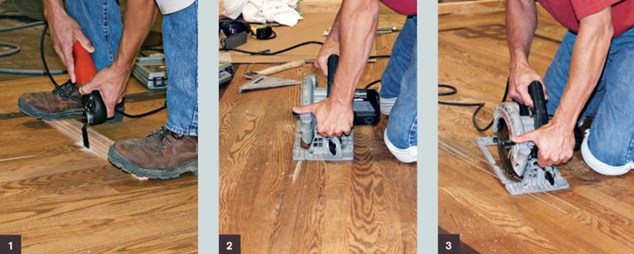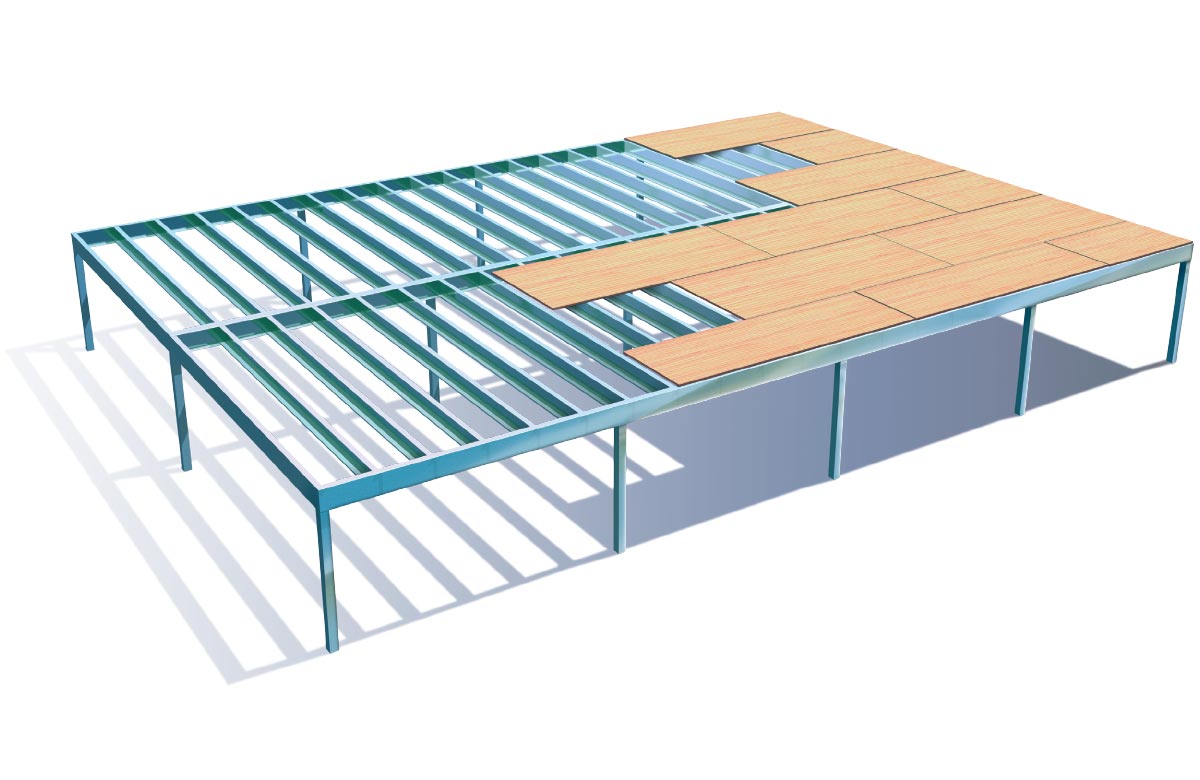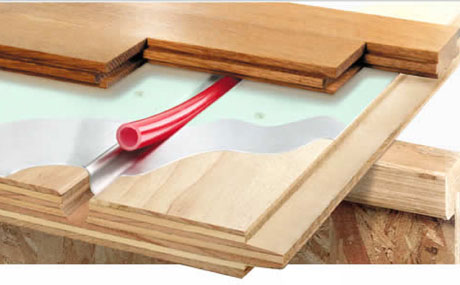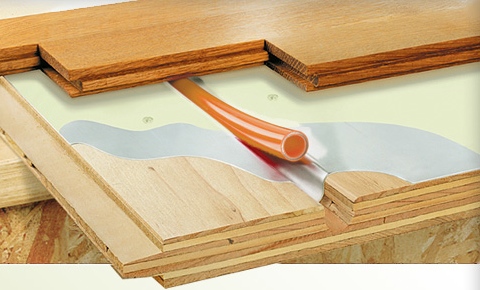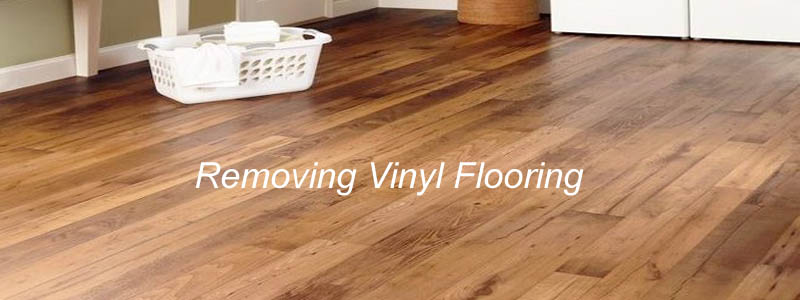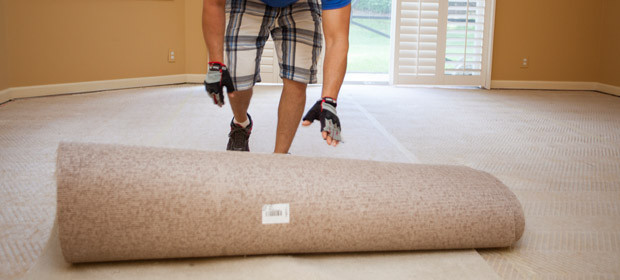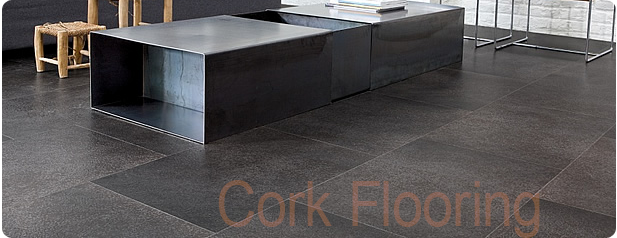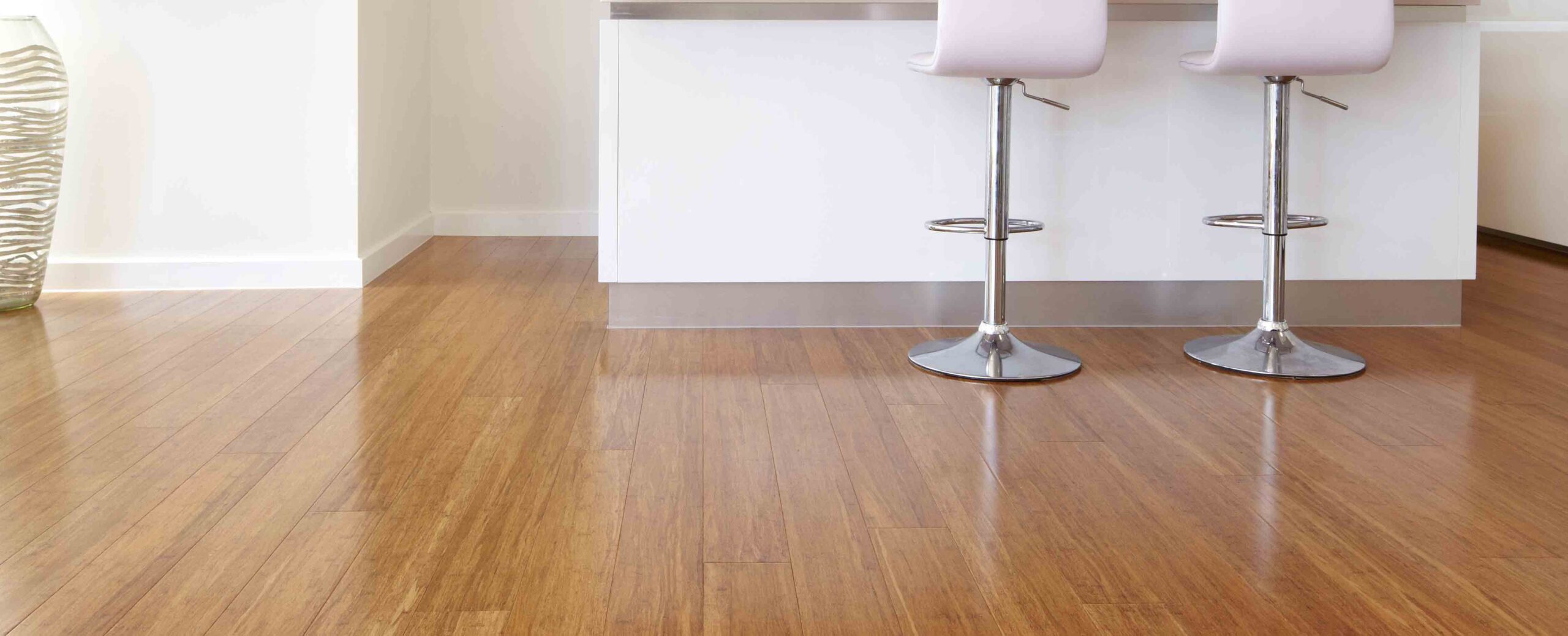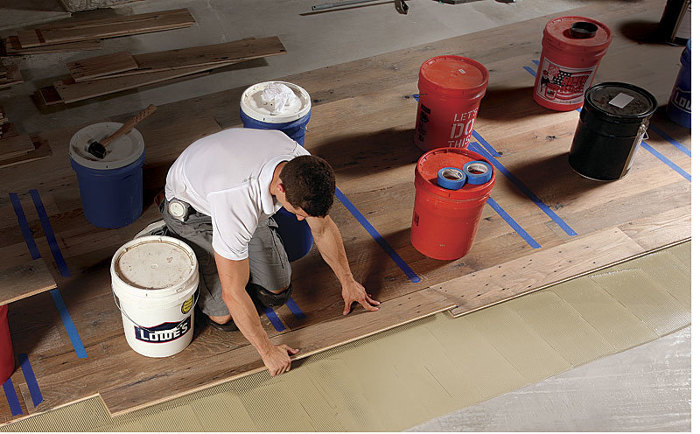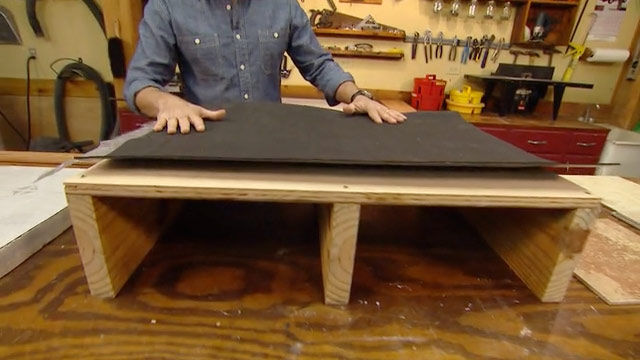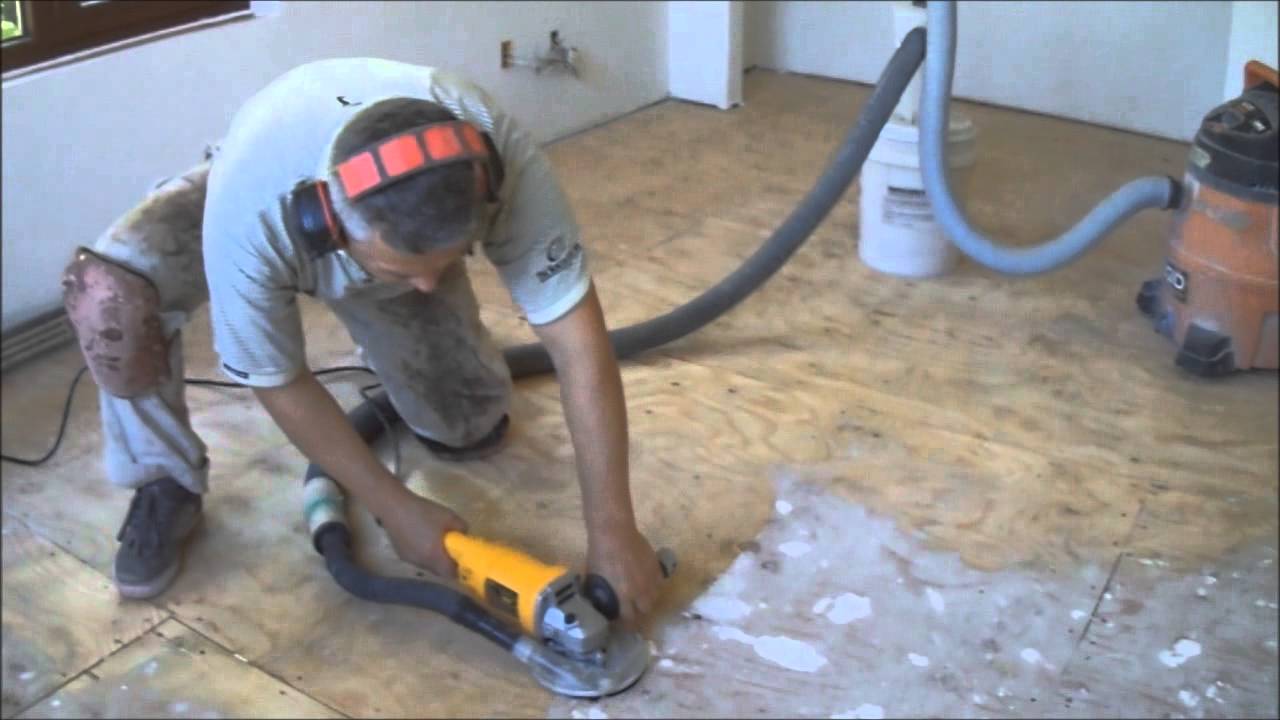Finish Problems and Solutions – BUBBLES
BUBBLES CAUSE Contaminants such as soap on the surface of the floor can cause bubbles. Other causes are overworking the finish with the applicator or not allowing bubbles from mixing to escape before applying the finish. Applying a hot finish to a cold floor causes a condition where the top of the finish skins over quickly, trapping expanding air from the wood pores that creates bubbles. Excessive air movement can have a similar effect. FIX Bubbles are hollow and can be distinguished from bumps...


